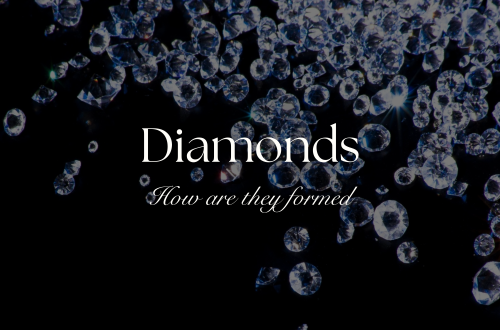Imagine a gem so rare it’s found in only one place on Earth — and even there, in just a few square kilometers. A gem that, when it first caught the world’s eye, was so stunning and unique that Tiffany & Co. declared it the most beautiful gemstone discovered in over 2,000 years.
That gem is Tanzanite.
With its mesmerizing hues ranging from deep sapphire blue to rich violet and even flashes of burgundy, Tanzanite isn’t just another pretty stone. It’s a geological wonder, a marketing success story, and a must-know name in the world of gemstones.
In this post, we’re diving deep into everything Tanzanite: from its humble beginnings in the foothills of Mount Kilimanjaro to its rising star status in the global gem market. Whether you’re a seasoned gem enthusiast or a curious newcomer, this guide will give you the complete picture of what makes Tanzanite truly one of a kind.
1. The Discovery of Tanzanite
In the mid-1960s, something extraordinary happened in the Merelani Hills of northern Tanzania.
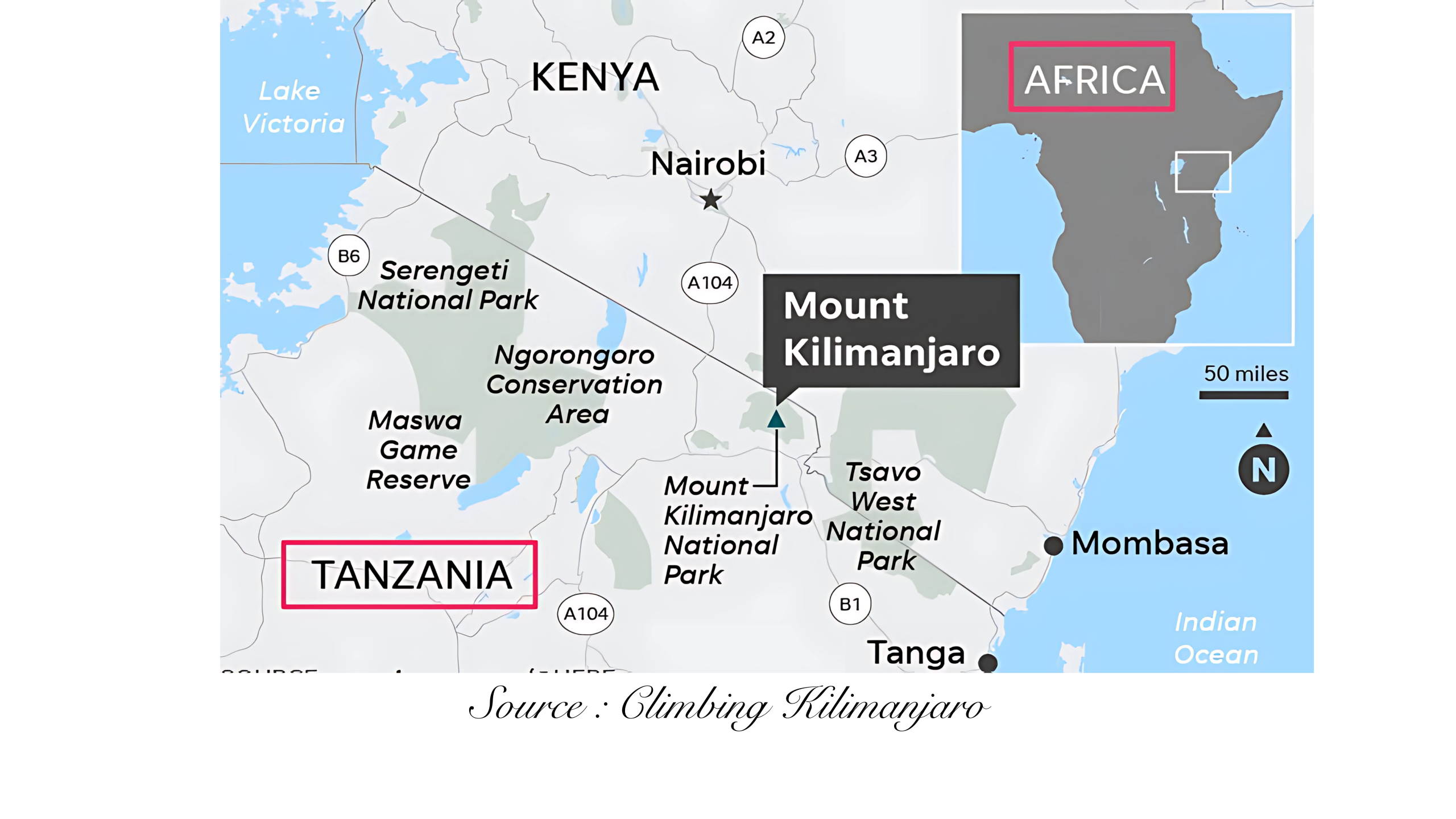
The Accidental Discovery
It was 1967 when a Masai tribesman named Ali Juuyawatu stumbled upon a cluster of brilliant, blue-violet crystals unlike anything he—or anyone—had seen before. The find sparked a quiet but intense rush of interest in the area. Initially, the crystals were mistaken for sapphire due to their rich blue color, but gemologists quickly realized this was something new.
Enter Tiffany & Co.
It didn’t take long for word to spread beyond Tanzania’s borders. American gemologist Manuel de Souza played a pivotal role in bringing samples back for further study, and by 1968, the prestigious jeweler Tiffany & Co. took a bold step: they introduced the gem to the world under a brand-new name — Tanzanite, paying homage to its country of origin.
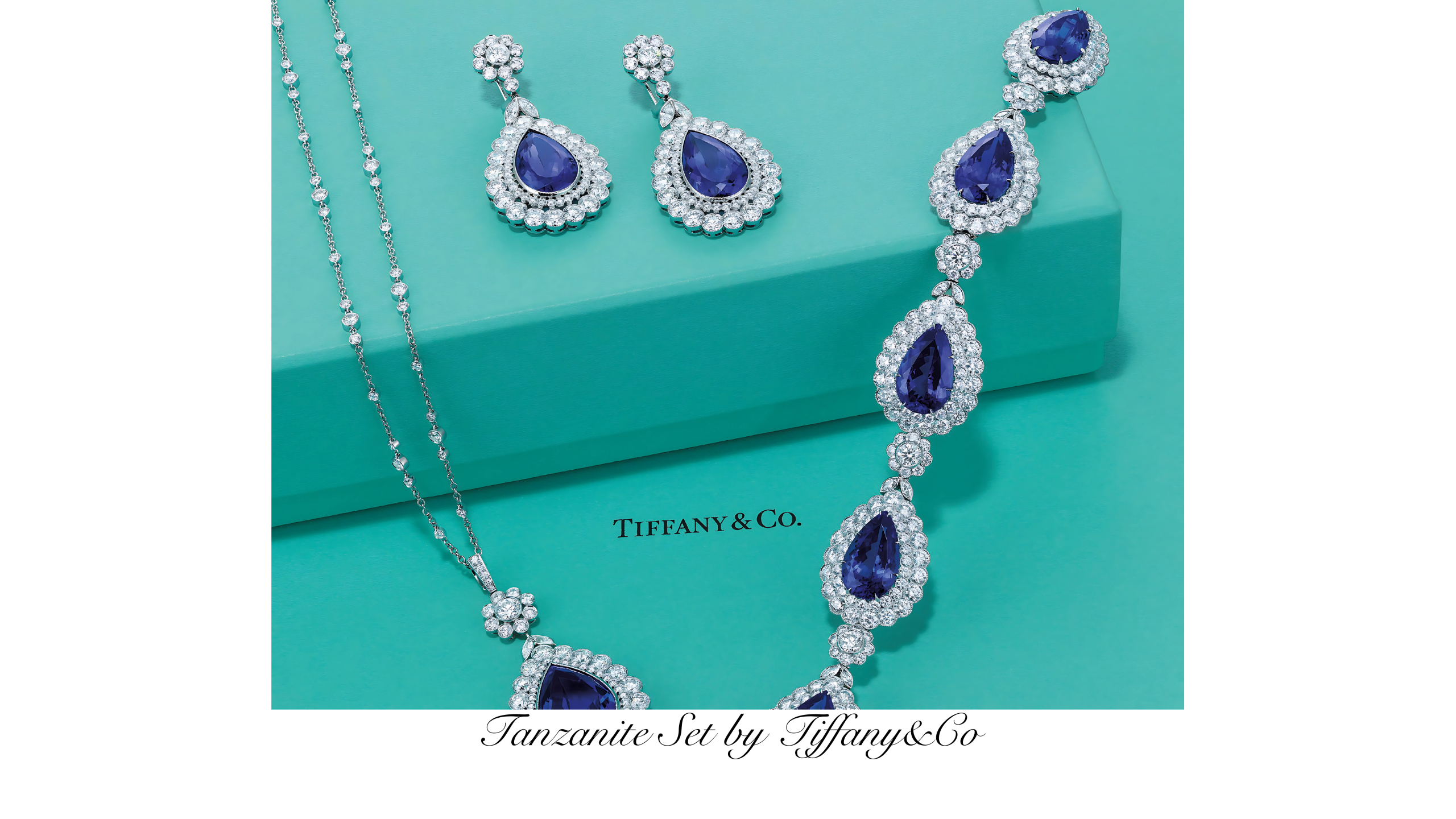
Why “Tanzanite”? Tiffany’s marketing team felt the gem needed an identity as unique as its color and origin. The result was a branding masterstroke. “Tanzanite” sounded exotic, elegant, and instantly memorable.
A Meteoric Rise
Thanks to Tiffany’s marketing power and the gem’s undeniable beauty, Tanzanite became an overnight sensation in the jewelry world.
Here’s what helped fuel its rapid rise:
- Uniqueness: Found only in Tanzania, making it inherently rare.
- Color appeal: Its vivid blue-violet hues were unlike anything on the market.
- Timely discovery: The 1960s saw a boom in colored gemstones, as people sought alternatives to traditional diamonds.
- Celebrity endorsement: Hollywood and fashion influencers soon began sporting Tanzanite jewelry.
By the early 1970s, Tanzanite had carved out its own niche, distinct from sapphires and other blue stones. It wasn’t just an alternative — it was an attraction in its own right.
2. Geological Origins and Rarity
Tanzanite’s allure isn’t just in its mesmerizing hues but also in its extraordinary geological origins.
Formation in the Merelani Hills
Approximately 585 million years ago, during the mid-Ediacaran Period, massive tectonic activity and intense heat in the region that would become Mount Kilimanjaro led to the formation of Tanzanite. This unique gemstone is found exclusively in a small area near the Merelani Hills in northern Tanzania, making it one of the rarest gemstones on Earth.

A One-Location Wonder
The fact that Tanzanite is mined in only one place globally adds to its rarity and value. This limited geographic occurrence has led experts to refer to it as a “one-generation gem,” suggesting that the current generation might be the only one to enjoy its natural beauty before the mines are depleted.
3. Characteristics of Tanzanite
Understanding Tanzanite’s physical and optical properties enhances appreciation for this unique gem.
Color Variations and Pleochroism
Tanzanite exhibits pleochroism, meaning it can show different colors when viewed from different angles. In its natural state, Tanzanite is trichroic, displaying blue, violet, and burgundy hues. However, most Tanzanite is heat-treated to enhance the blue and violet tones, reducing the burgundy and making the gem dichroic.
Clarity and Cut
High-quality Tanzanite is typically eye-clean, with minimal inclusions. The gem is often cut to maximize its color and brilliance, with popular cuts including oval, cushion, and emerald shapes.
Hardness and Wearability
On the Mohs scale, Tanzanite ranks between 6 and 7, making it softer than sapphires and diamonds. This means it requires careful handling, especially in rings or bracelets that are subject to daily wear.
4. Tanzanite Grading and Value
Grading Tanzanite involves assessing its color, clarity, cut, and carat weight.
Color Grading
While there’s no universally standardized grading system, many jewelers use a scale ranging from AA to AAAA
- AAAA (Top Grade): Deep, vivid blue-violet color with exceptional clarity.
- AAA: Rich blue-violet hue with slight inclusions.
- AA: Lighter color with more noticeable inclusions.

Alternative Grading Scales Have D and SD as their highest grades:
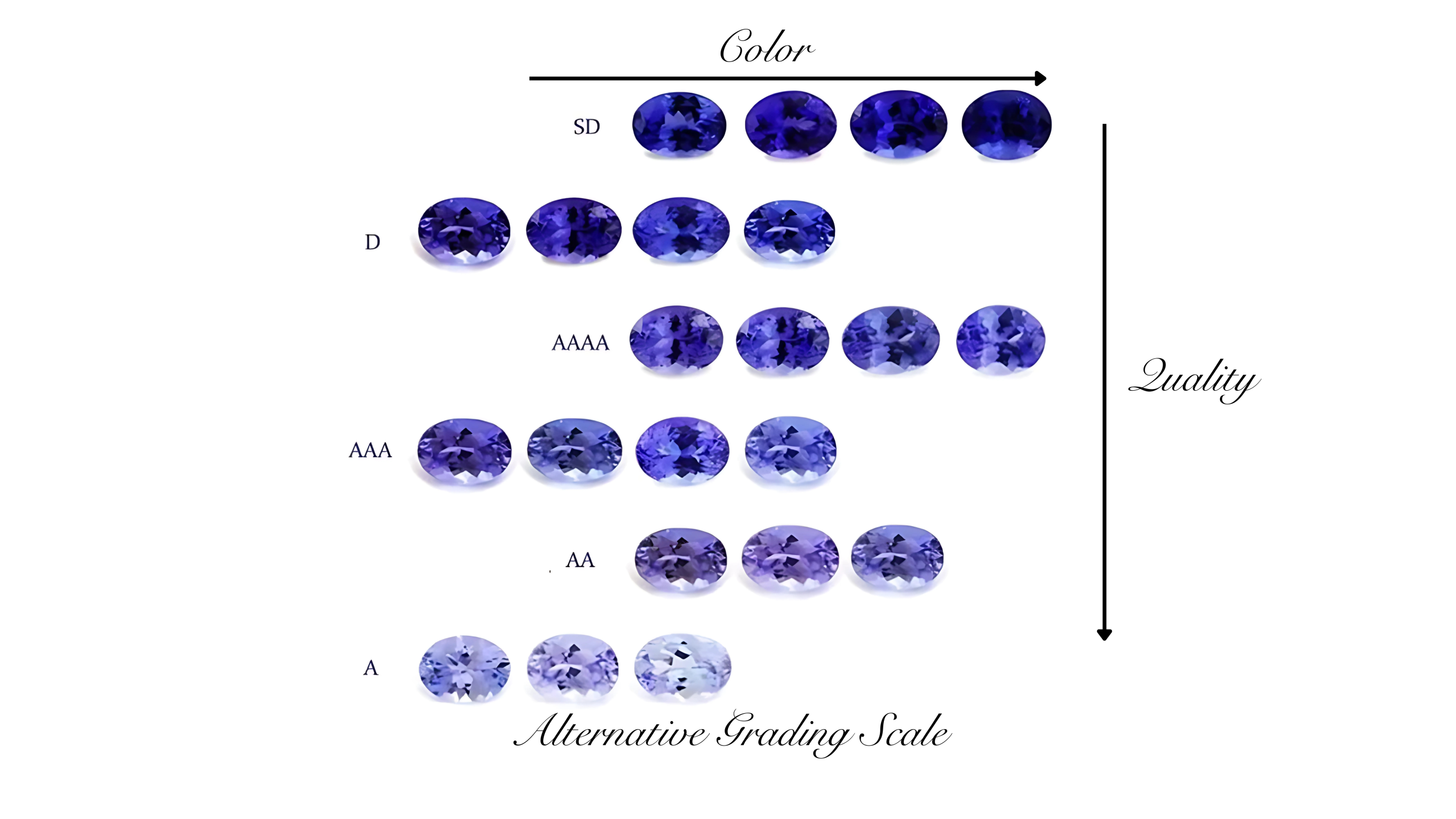
Carat Weight and Pricing
Larger Tanzanite stones are rarer and thus more valuable. Prices can vary widely based on quality and size, with top-grade stones fetching higher prices per carat.
5. Tanzanite in Jewelry
Tanzanite’s captivating color makes it a favorite in various jewelry designs.
Popular Settings
Tanzanite is commonly set in rings, pendants, earrings, and bracelets. Its vibrant hues pair well with both white and yellow metals, offering versatility in design.
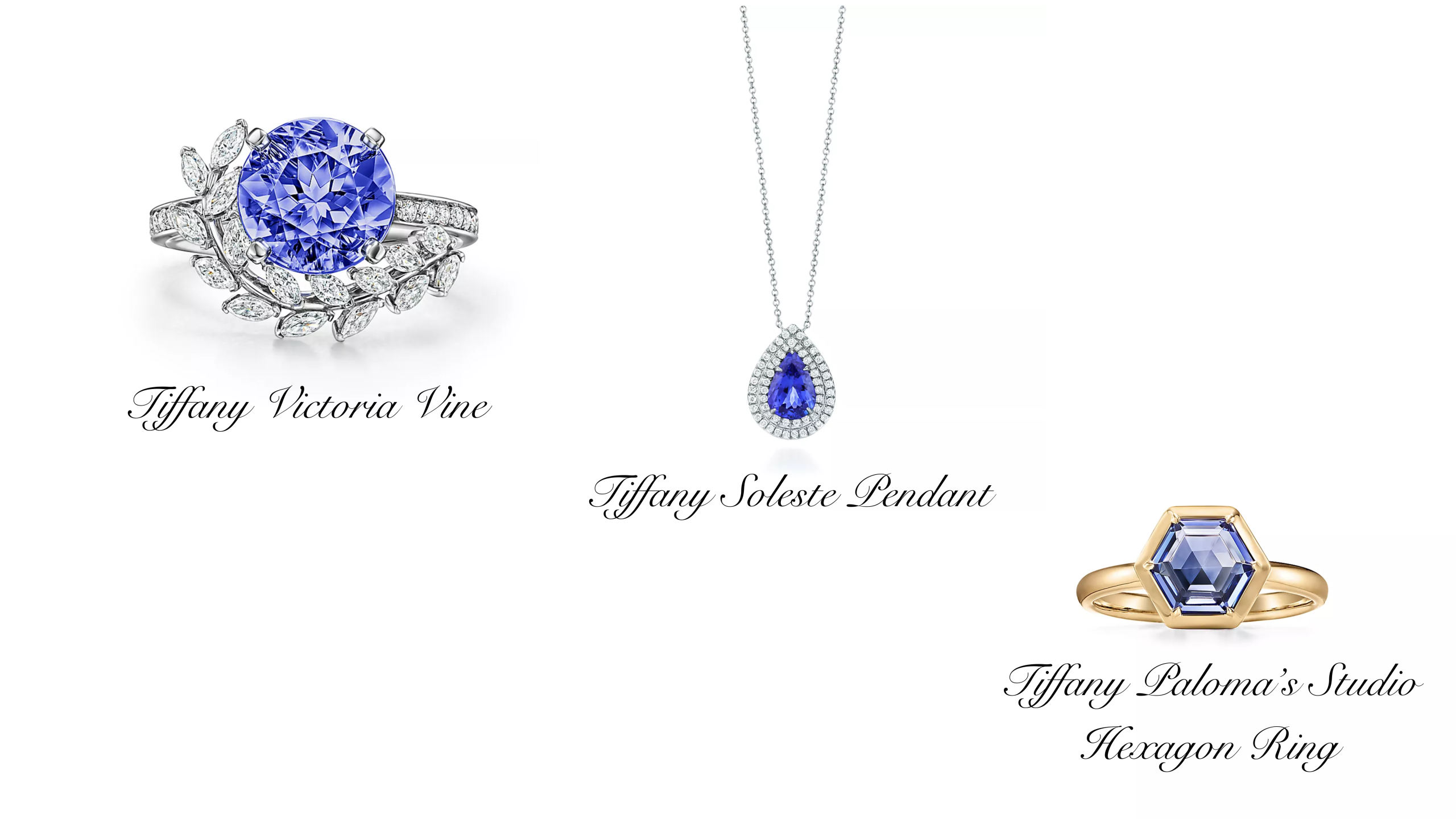
Engagement Rings and Symbolism
As a symbol of transformation and new beginnings, Tanzanite has become a popular choice for engagement rings. Its unique color sets it apart from traditional diamond rings, appealing to those seeking something distinctive.
6. Caring for Tanzanite
Proper care ensures Tanzanite retains its beauty over time.
Cleaning Tips
- Use warm, soapy water and a soft brush to clean Tanzanite jewelry.
- Avoid ultrasonic and steam cleaners, as the gem’s structure can be sensitive to sudden temperature changes.
Storage Recommendations
- Store Tanzanite pieces separately to prevent scratching.
- Keep them away from direct sunlight and extreme temperatures to avoid color fading.
7. Tanzanite Lore and Cultural Significance
Modern Symbolism
In contemporary contexts, Tanzanite is seen as a stone of transformation, making it a meaningful gift for milestones like graduations, anniversaries, and new ventures.
8. Tanzanite vs. Other Blue Gems
Comparing Tanzanite to other blue gemstones highlights its unique qualities.
Tanzanite vs. Sapphire
- Color: Tanzanite offers a blue-violet hue, while sapphires are typically a pure blue.
- Hardness: Sapphire is harder (9 on the Mohs scale) compared to Tanzanite’s 6-7, making it more suitable for daily wear.
- Rarity: Tanzanite is rarer, found only in Tanzania, whereas sapphires are mined in multiple locations worldwide.
9. The Market and Future of Tanzanite
Tanzanite’s market dynamics are influenced by its rarity and demand.
Investment Potential
Due to its limited supply, Tanzanite has seen price appreciation over the years, making it an attractive option for gemstone investors.
Ethical Mining and Sustainability
Efforts are ongoing to ensure ethical mining practices in Tanzania, focusing on environmental sustainability and fair labor conditions.
10. Buying Guide for Enthusiasts
For those looking to purchase Tanzanite, consider the following tips:
- Verify Authenticity: Purchase from reputable dealers who provide certification.
- Assess Quality: Examine the color, clarity, cut, and carat weight.
- Understand Treatments: Be aware that most Tanzanite is heat-treated to enhance its color.
- Consider Setting: Choose protective settings, especially for rings, to safeguard the stone.
Conclusion
Tanzanite’s enchanting hues, coupled with its unique geological origins and cultural significance, make it a gemstone like no other. Whether you’re a seasoned collector or a curious newcomer, understanding Tanzanite’s story enhances its allure and appreciation.
Sources
- GIA (Gemological Institute of America) – Tanzanite Care & Cleaning
https://www.gia.edu/tanzanite-care-cleaning - Wikipedia – Tanzanite
https://en.wikipedia.org/wiki/Tanzanite - The Rare Gemstone Company – How to Care for Your Tanzanite
https://www.theraregemstonecompany.com/gemology-articles/how-to-care-for-your-tanzanite - Tanzanite Jewelry Designs – Tanzanite Prices Per Carat
https://www.tanzanitejewelrydesigns.com/pages/tanzanite-prices-per-carat-html - Diamondere – A Buyer’s Guide to Tanzanite Rings
https://www.diamondere.com/blog/a-buyers-guide-to-tanzanite-rings-natural-aaaa-vs-aaa-vs-aa - Top Tanzanite – 3 Tanzanite Trends for 2023
https://www.toptanzanite.com/blogs/news/3-tanzanite-trends-for-2023 - Tanzanite Experience – The 7 Wonders of Tanzanite
https://www.tanzaniteexperience.com/the-7-wonders-of-tanzanite - Tanzanite Jewelry Designs – What is Tanzanite Pleochroism?
https://www.tanzanitejewelrydesigns.com/blogs/news/what-is-tanzanite-pleochroism - Capitalize Things – Tanzanite as an Investment
https://www.capitalizethings.com/investment/tanzanites - The Rare Gemstone Company – Tanzanite Prices and Value
https://www.theraregemstonecompany.com/gemology-articles/tanzanite-prices-and-value-current-and-historically





